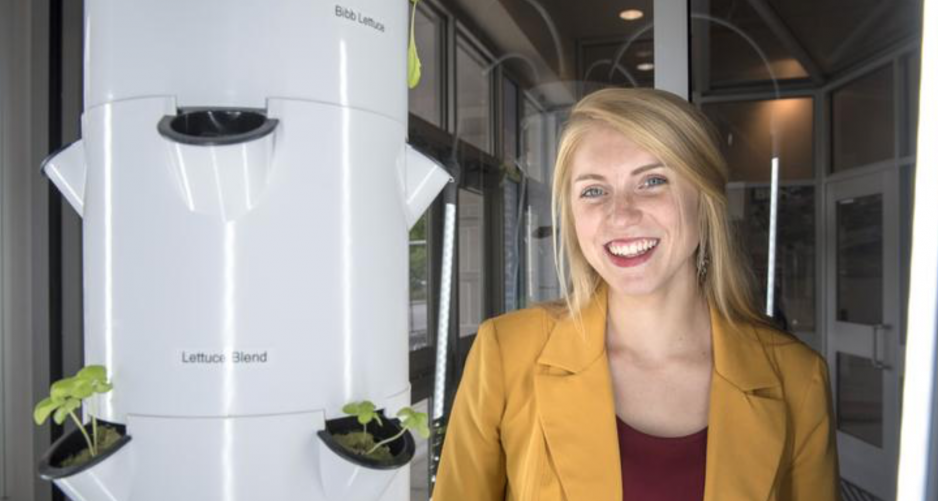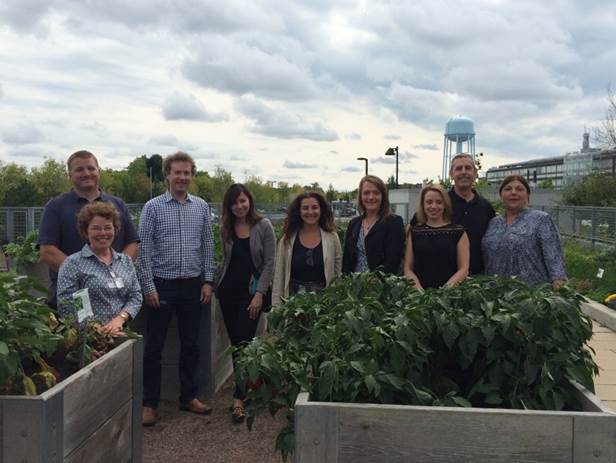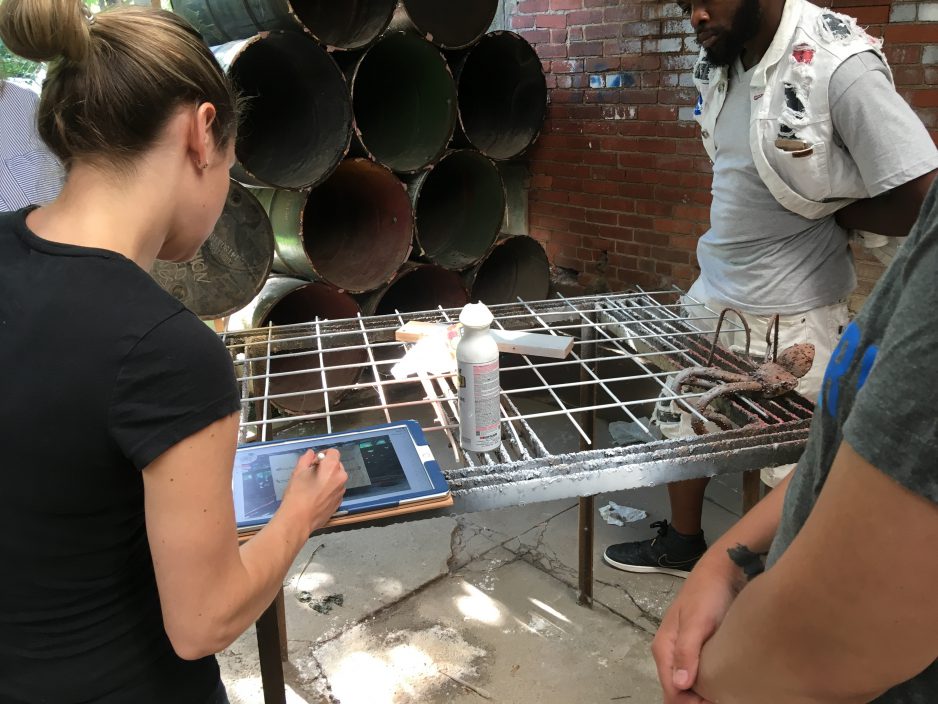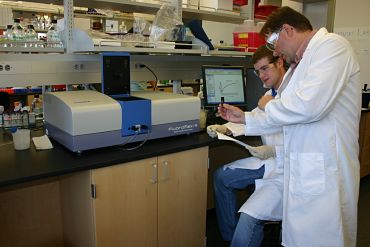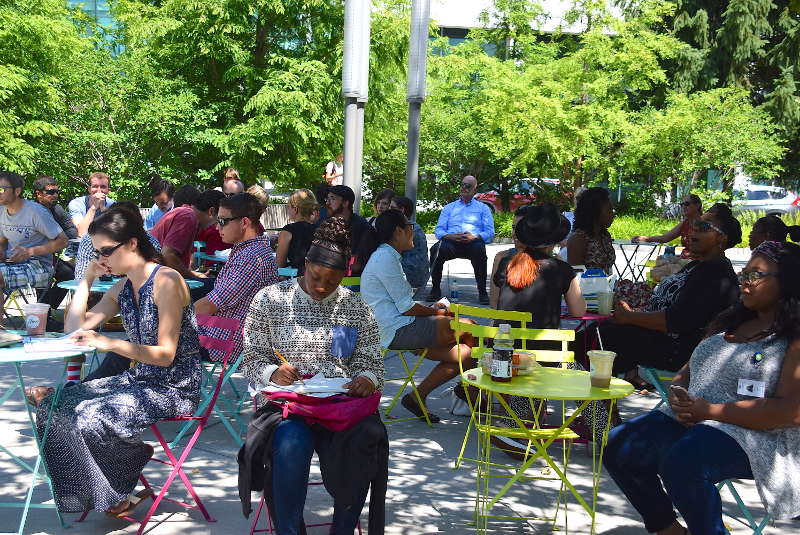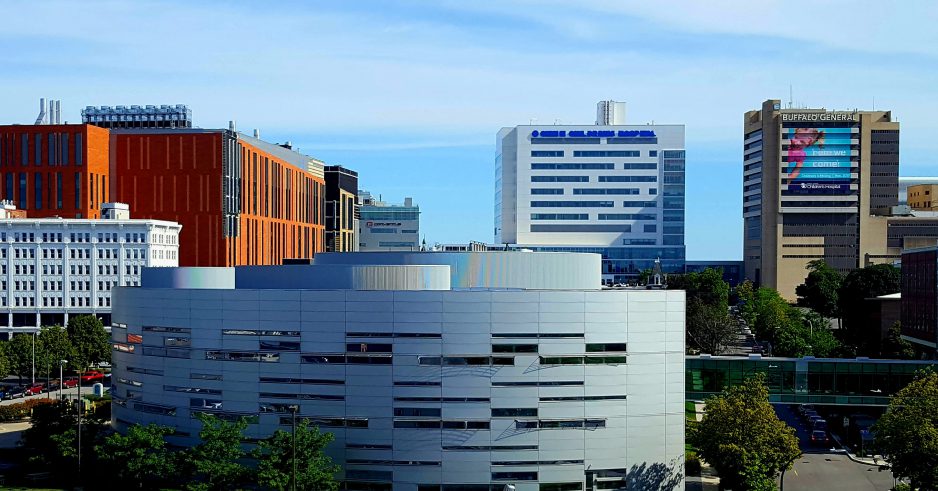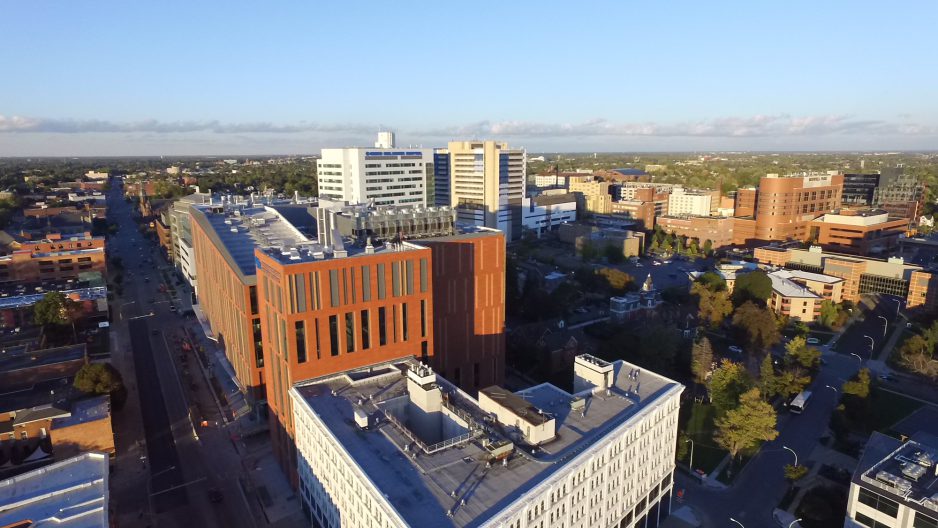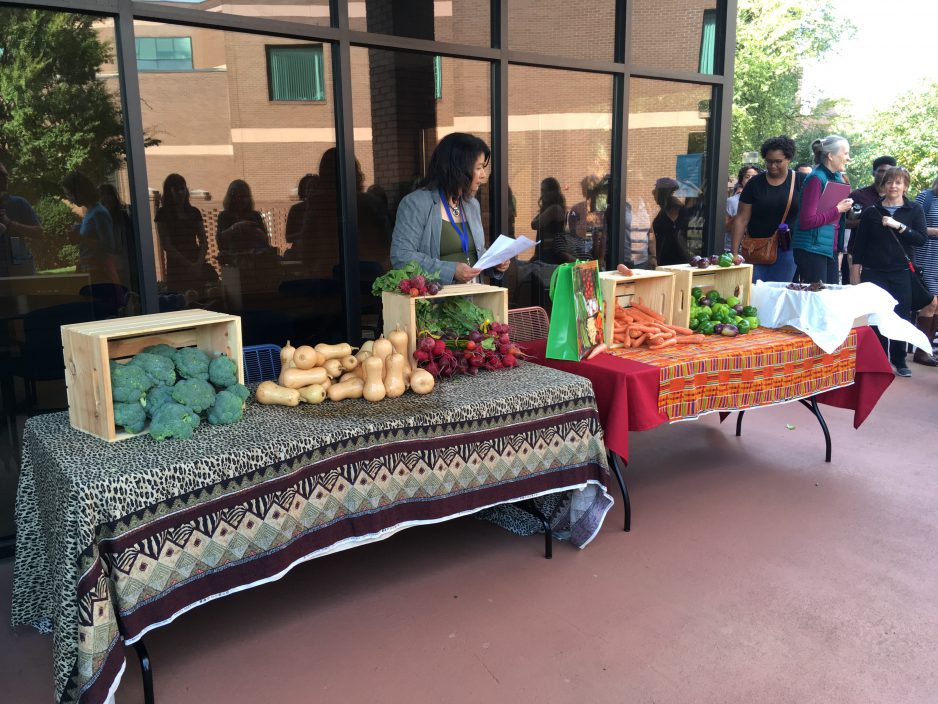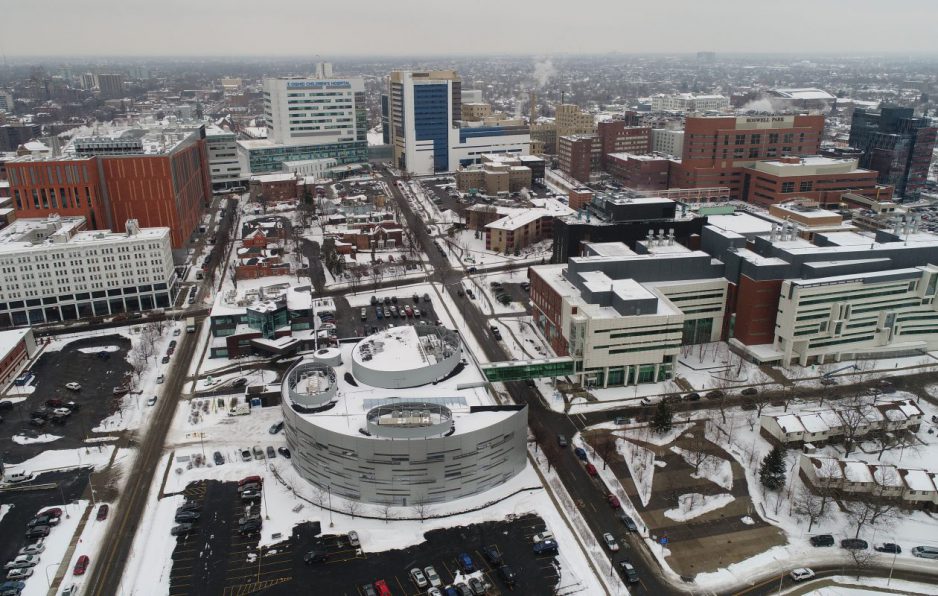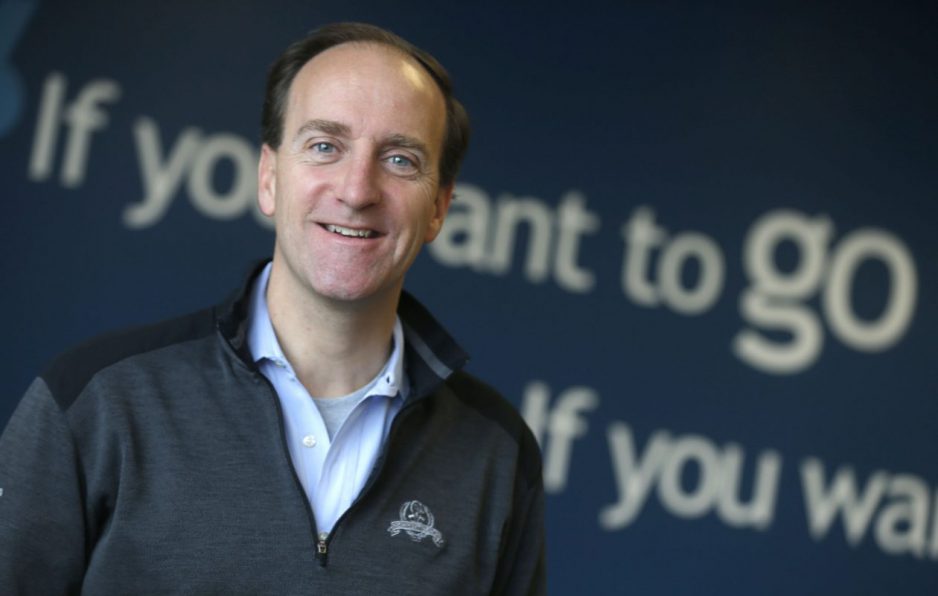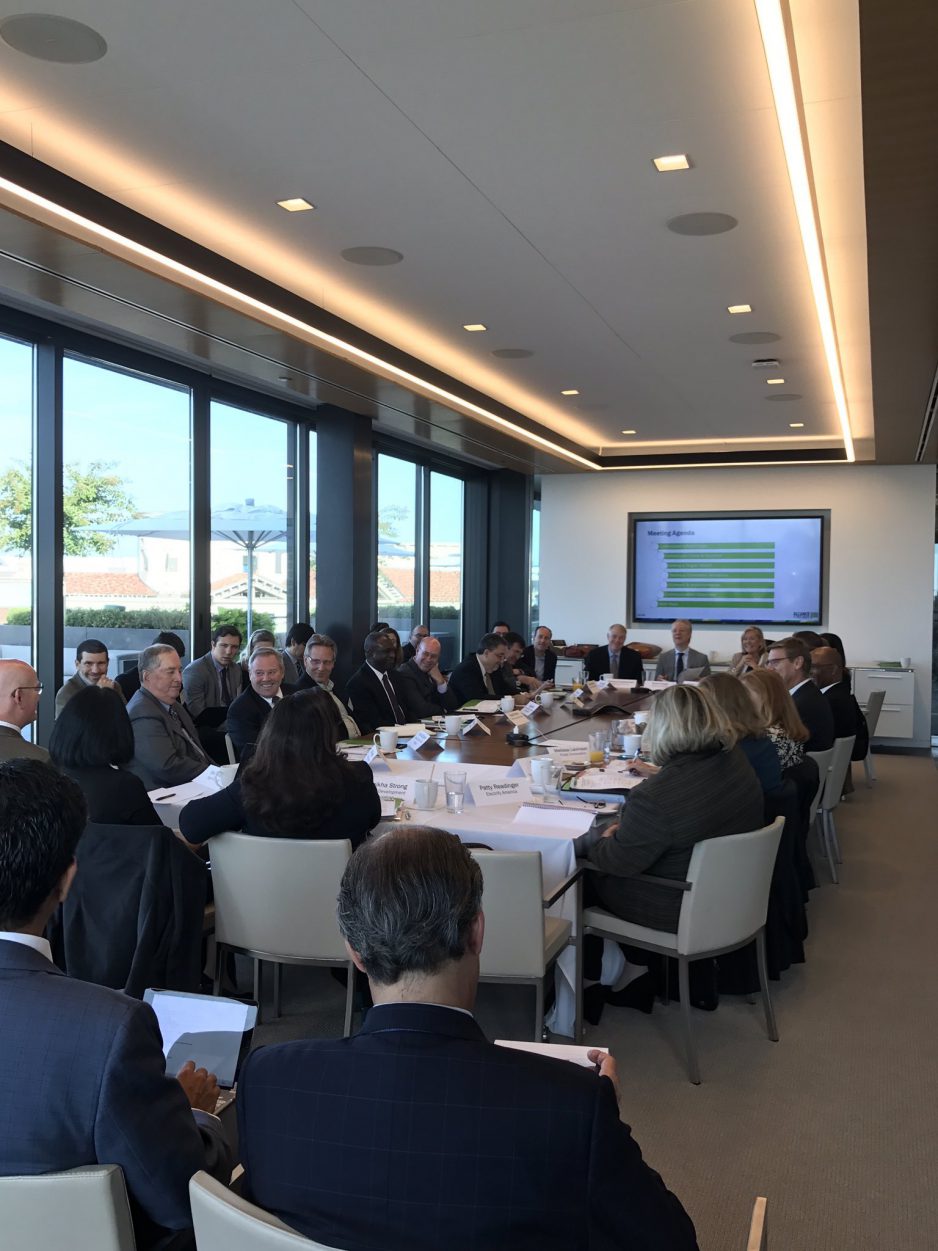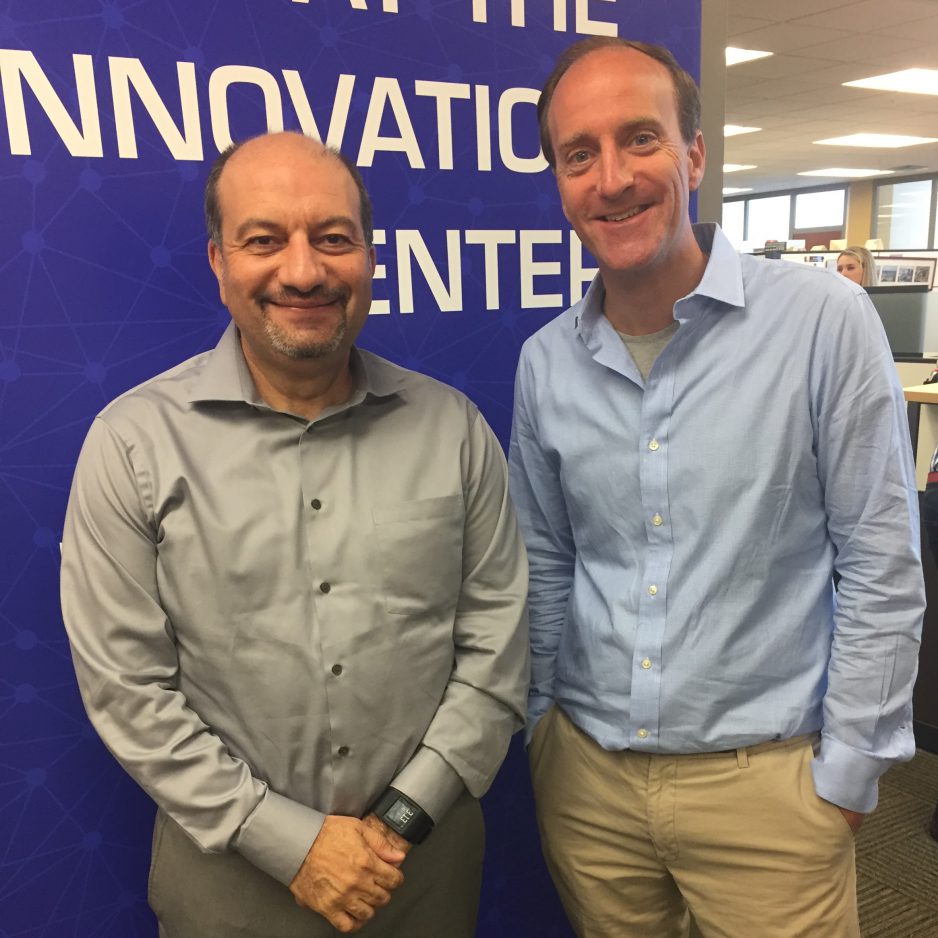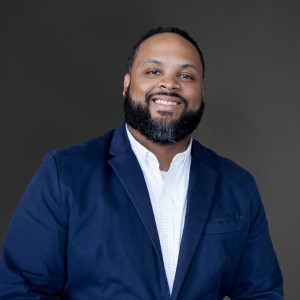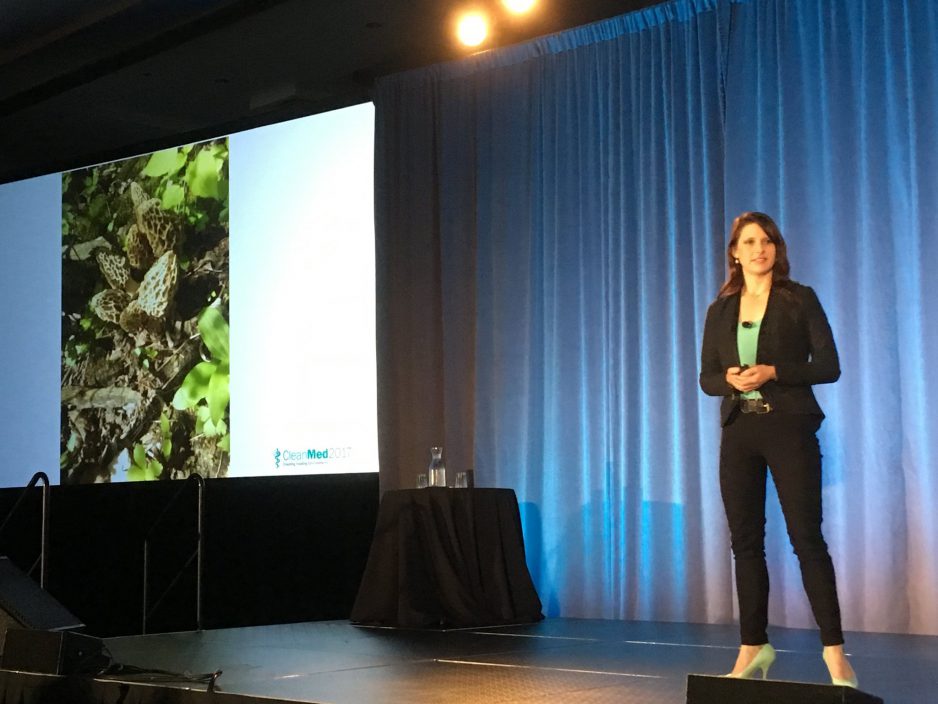Worksite Wellness: Beth Machnica takes on role of Buffalo’s healthy company advocate
By Jane Schmitt Copy Editor, Buffalo Business First
Worksite wellness is a hot topic and here’s why: For every $1 a company spends on a comprehensive wellness program, $8 can be saved in health care costs by lowering medication usage, surgeries or preventing illness and disease over five years.
That’s a solid return on investment, said Beth Machnica, healthy communities catalyst for Buffalo Niagara Medical Campus Inc.
She’s leading the charge to see the region gain “company health champions” of all sizes and in every industry. And she’s doing it through the Buffalo Healthy Workplace Initiative, led by BNMC and funded by a five-year grant from the state Department of Health.
It’s linked to a public health effort titled “Creating Healthy Schools and Communities,” whose goal is to reduce major risk factors of obesity, diabetes and other chronic diseases.
“The Buffalo Healthy Workplace Initiative is a platform for collectively transforming workplaces into environments of health promotion, one step at a time,” Machnica said.
She is tasked with bringing together diverse employers to learn from each other, develop best practices and improve their focus on creating a healthier workplace.
Indeed, a company’s overall environment and culture influence the health of people who work there, she said, from such things as air quality to the type of lighting, infrastructure that supports physical activity and access to healthy food in vending machines and cafeterias. It’s also important to address social, emotional and mental health components.
“Through this initiative, BNMC makes recommendations for how workplaces can improve after an initial benchmarking exercise on these components,” she said.
Hwp-contenty and healthy employees are more productive, and offering a strong wellness program “is a huge competitive advantage that many are beginning to realize,” she said.
Have local businesses stepped up to the plate on this? Although Buffalo is home to the chicken wing, there is great momentum among local employers and insurers in being places of health. Some worksites have been at it for quite some time. They have state-of-the-art gyms, showers, walking treadmills, free healthy lunch and snacks, personal training, chair massage, stress management and financial wellness classes. Other local companies are just getting their feet wet in the space.
How can you help? BNMC has varying levels of resources, technical assistance, infrastructure and equipment to provide organizations at any level of wellness to expand and/or improve their current programs.
Can companies learn from each other and share ideas? We help companies learn from each other and share ideas through our work council model. Each month we bring together representatives from each of the organizations involved. Most times we meet at the Innovation Center on the medical campus and focus on a certain topic, such as Social Determinants of Health, Cross Generational Differences, or Active Transportation in relation to a wellness program. Sometimes we meet at other worksites to get a tour of their facilities and get a presentation of their wellness program. The majority of participants have reported in our annual survey the biggest benefit from attending these meetings other than the content is the opportunity to network.
What drives you to make difference? I am passionate about the work I do. I feel strongly about preventive health; I want to prevent chronic disease in the population as a whole more so than I want to work with individuals. Our health care system is so focused on treating sick people. I think we need to focus more on prevention altogether. And in order to do that, changes in our environment and changes at the systems level are needed, which can make a larger impact than treating people individually and putting Band Aids on things. For me, the workplace wellness space is a perfect fit to address preventive health in the population at the systems level.
What’s the bottom line? Organizations must be strategic in offering a strong wellness program that is relevant to the unique needs of their population and invest in their employees’ health. It takes time to change a habit, behavior, lifestyle and overall a workplace culture. The return, monetary or otherwise, will come with time.
What makes the timing right for this initiative? Health and wellness is trendy right now in general. With healthy food spots opening up and free yoga everywhere, Buffalo is becoming a landscape for health and well-being. Employers are catching on to this and expanding the variety of diversity of wellness offerings as a result.

